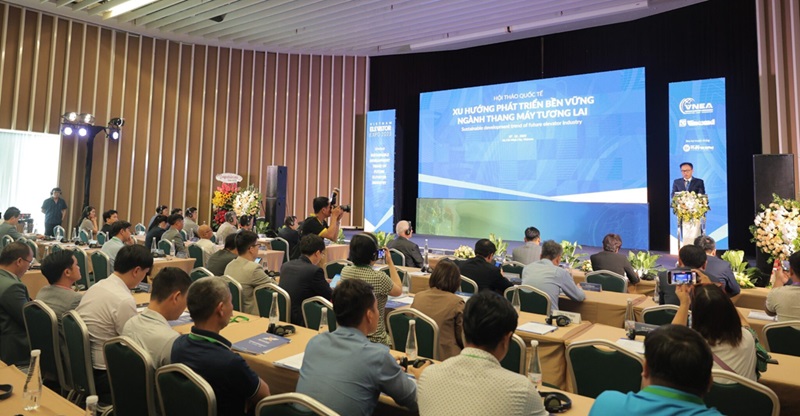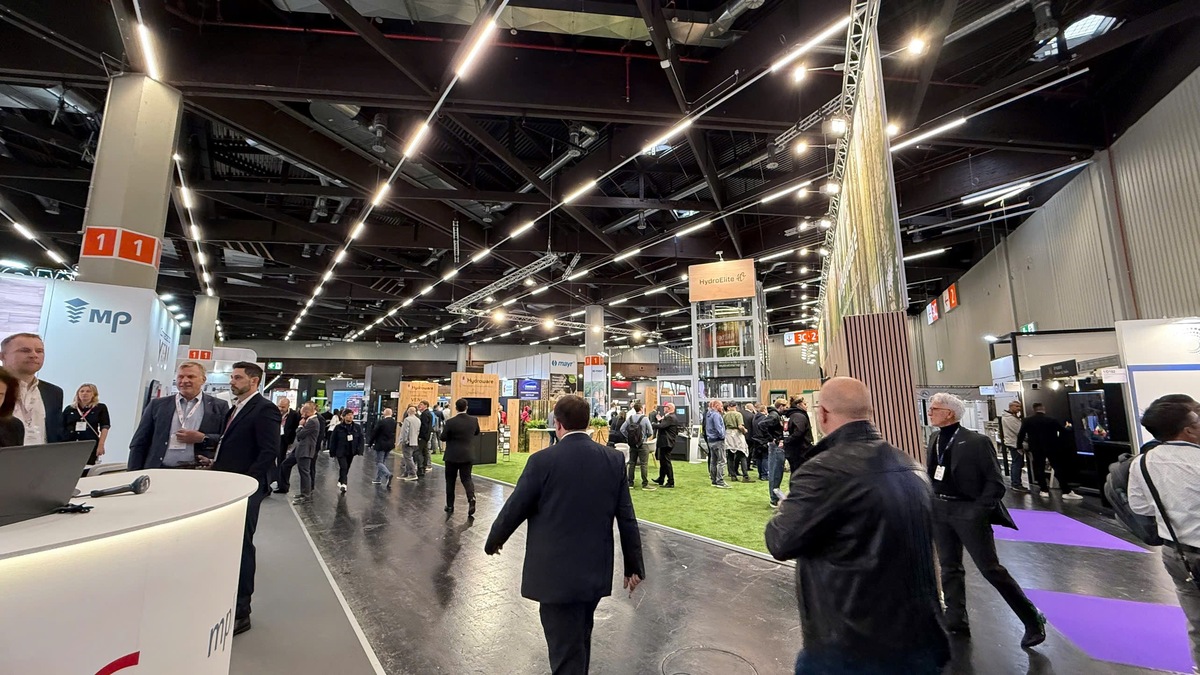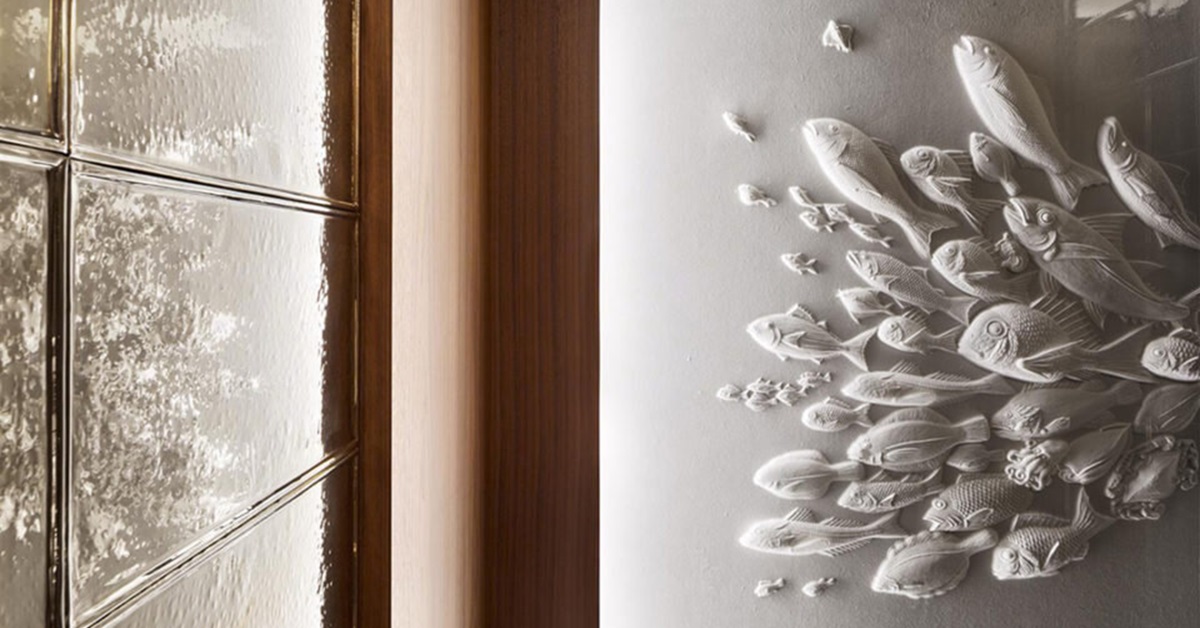When people think of elevators, they often picture steel frames, cables, and electrical circuits. Yet, hidden beneath that mechanical façade lies a vibrant world—where engineering meets architecture, management harmonises with culture, and silent human efforts quietly synchronise with the pulse of modern urban life. An elevator is not merely a means of vertical transportation but a point of convergence between physical height and spiritual depth.
Before joining Elevator Magazine, I used to think of elevators as nothing more than an assembly of bolts, steel frames, and electronic circuits—cold, silent materials pieced together. A machine that moves up and down, over and over again; beyond its technical functions, what else could be worth contemplating? When people hear about Elevator Magazine, many instinctively imagine pages filled with dense diagrams, technical specifications, and rigid standards—overwhelming and detached from emotion.
But elevators are far more than machinery. They are places where engineering meets architecture, management blends into culture, and infrastructure connects with the many facets of life. Elevators are spaces where people subtly “touch” their reflections in fleeting moments of stillness between floors.
Beneath those metal layers lies an industry that quietly shapes the rhythm of modern life, builds the verticality of cities, and supports every slight human movement, one lift at a time.

It is time for art and culture to bring elevators closer to the public and to transform them into spaces where people can engage with art, immersing themselves in the deeper layers of culture.
We—the magazine’s editorial team—did not enter this field with a technical background. Still, with the instinct of storytellers, wherever there are people, wherever life exists, there will always be stories waiting to be heard and retold.
Behind the blueprints, procedures, and technical specifications lies an entire world pulsing with intellect, emotion, and aspiration. It is the quiet joy of a craftsman when a project is completed after countless sleepless nights; it is the life-or-death moments during a rescue operation, where every movement is a seamless blend of skill and trust; it is the silhouette of a technician patiently inspecting every bolt and rail—silent and precise, like an “artist” devoted to their craft. And beyond that, there remain silent reflections on the profession’s future, unspoken thoughts that linger amidst the relentless tide of technological transformation.
We write to document technological advancements and preserve the living memory and evolving history of the elevator industry.

When the soul finds stillness, we become astonished by the wonders hidden within each fleeting moment.
More than just a trade publication, Elevator Magazine aspires to be a communal space for the professional community—a place where industry practitioners discover a shared voice, practical guidance, and a resonance of thoughts and emotions that have long remained unspoken. We believe that even the smallest story can spark pride, nurture a sense of responsibility, and inspire faith in the enduring power of kindness.
An elevator is not merely a transportation device. It is a bridge connecting spatial dimensions, a symbol of transition from past to present, from ground level to sky-bound aspirations. It is also a mirror reflecting the subtle, graceful movements of contemporary cultural life.

When elevators and fashion step onto the stage of the century together, the precision of engineering and the artistry of life merge into one harmonious rhythm.
Inside an elevator, you may encounter the design philosophy of an architect, the meticulous care of an electrical engineer, the strategic vision of a manager, the silent labour of an operator or maintenance worker, and even the impatience of a hurried passenger. Each elevator is a microcosm—a miniature world where fleeting encounters between strangers occur in a quiet “pause station” amid the relentless hustle of urban life.
By the law of causation, all things are born from Earth, Water, Fire, and Wind. When their destined time is over, they dissolve into nothingness. We are passionate about this craft because we can feel, see, and contemplate within the cold precision of machinery. Through elevators alone, we can hear the “whisper of the universe.”
Do you hear its silent whispers?



